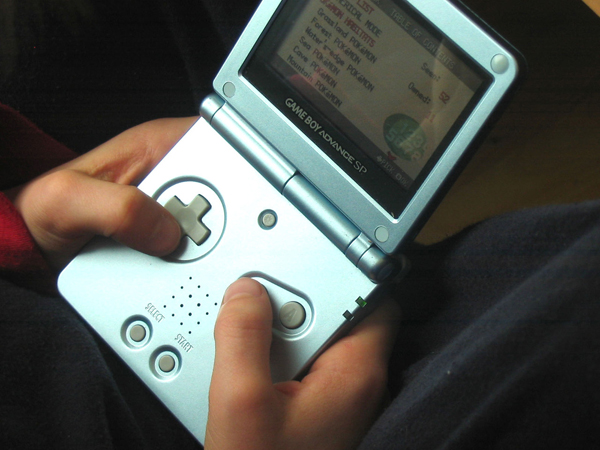There’s no denying the fact that we’ve been living through a technological revolution over the last three decades. Things that would have been quite inconceivable as recently as the 1980s are now commonplace. For example, who could have imagined that the very first brick-sized phones that only the richest and privileged could afford would today not only be commonplace, but capable of accessing millions of pages of information via the internet?
And, while almost every part of our lives has been touched by technology in some way, certain sectors have proved to be especially keen on adopting it.
Of these, gaming leads the way, fuelled by fans who both demand novelty and are also passionately interested in tech and how it can be exploited to make gaming even better.
Today, it touches every aspect of the gaming experience, from how we interact with games to the very nature of the most popular titles.
But the one over-riding purpose of all this technological advancement has been to make games more immersive, involving and lifelike as possible.
Improved software

Software facilities the graphics in every video game, so, of course, as this has advanced, the games have started to feel more lifelike. Online poker provider 888 poker have recently released the Poker 8 software, providing users with an impressive amount of new options. Players are no longer limited to the bear minimum. There are now ten separate decks, and four different card faces, including two four-colour decks to make it easier for those who like to play multiple tables at once. The new chat bubble has also helped to bring a cleaner, professional feel to the games, and there is still that element of fun as you can throw virtual objects at your opponents, with the intention of putting them off!
Virtual and augmented reality

The two areas of VR and AR have been at the forefront of this gaming revolution. Both offer developers the opportunity to make a quantum leap in terms of the types of games that they can create. We’ve already seen the huge impact that AR made with the phenomenally successful Pokémon Go which literally took over the world virtually from launch. But it also begs the question that, if that was the starting point for AR in games, how much further can it go? There is undoubtedly huge potential for more games that join up seamlessly with the real world to turn it into a true playground.
The end of controllers?
In the race to bring player and game closer together, one of the more obvious ways to do this is by eliminating the need for a controller, for certain games at least. That’s why Google has invested so much time and money in its Motion Sense technology which is already starting to make its presence felt in the gaming world. One of the earliest collaborations has been in creating the Pokémon Wave Hello promotion to launch the game creator’s Sword and Shield. It’s also been used in a game called Headed South by Utswo Games in which you can control a bird’s flight through a wave of your hand.
Admittedly, both these are fairly crude applications of the tech, but we can expect to see it become far more sophisticated very quickly indeed.
Voice control is another area that would have seemed like existing in the realm of science fiction until fairly recently. And, while anyone who has fallen foul of Alexa’s or Siri’s inability to understand commands precisely may say different, this really is game-changing tech.
Games that adapt to the player
It’s no secret that a great deal of investment has been made by big players like Facebook and Google into refining facial recognition technology. This has almost limitless applications in the world, from helping with law enforcement to finding missing persons. In the realm of gaming, they may have an even more extraordinary role to play. Work is currently being
done to create games that can process images from the Intel RealSense 3D camera in order to increase or reduce the difficulty level according to the sorts of expressions on the face of the player. So, grimace and frown too often, and you can expect to see it the game in question becoming a little easier to play.
On a more basic level, facial recognition will also make it possible to create truly lifelike avatars of oneself – a far cry from the ones players have become used to in the past on games like The Sims and the Nintendo Wii.
The future’s in the Cloud
One hindrance that games developers have always faced is that there is a limited amount of memory that is available on a disc or a console. And, while they still have managed to create games which are complex and involving, the use of cloud computing is taking this to a whole new level. Unfettered by limits and serviced by huge servers, the sky could be the limit.
This, in turn, will mean that gaming on demand could become the predominant method of play, finally pitting the industry in direct competition with streaming services like Netflix and Hulu.
Whatever the future holds, one thing is for sure – an already huge industry is set to become even bigger. And that has to be very good news for both players and developers alike. It also means that, in 30 years’ time, the gaming world will be just as unrecognisable to us as today’s games would be to the players of the 1980s. But that’s just the nature of progress!

